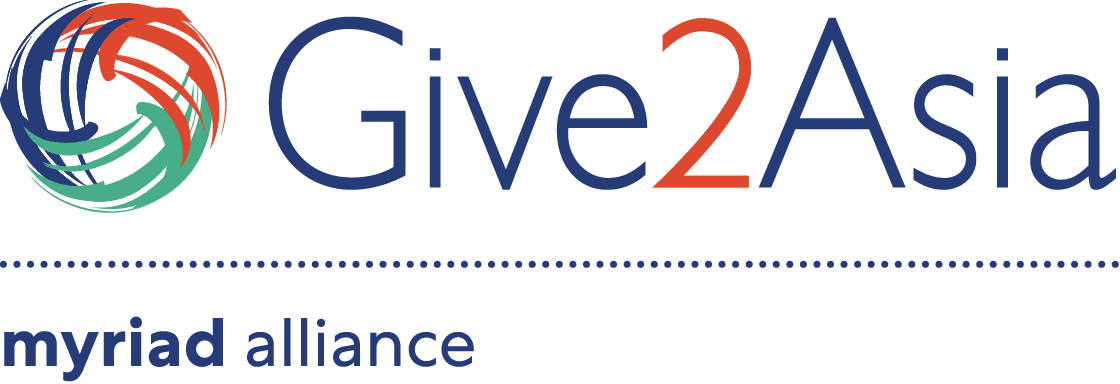By Sheena Agarwal, Give2Asia Disaster Programs Manager
With over 1000 delegates from 46 countries, this year’s AVPN Conference was their largest yet, staking its place as one of the premier philanthropy events in Asia. As long-time members of AVPN, Give2Asia sent three delegates to connect with other professionals in the philanthropy ecosystem and share knowledge about new trends influencing the sector. This year, for the first time, we also sponsored the attendance of four partners from our Asia-based grantee network working on climate and disaster programs. A key component of Give2Asia’s Disaster Preparedness Program is exposing our long-term local partners to donors and international events that can help inform their fundraising strategies. On the whole, our cohort came away with a better understanding of key discussions on which the “ecosystem” is focusing as the philanthropy sector in Asia evolves – elucidating both the opportunities and challenges that need to be addressed.
A recent article by Alliance magazine posed the question of whether traditional philanthropy is losing ground to the newcomer on the block: social investment. If the sessions at AVPN’s conference this year were any indicator, the answer is a resounding yes. While the idea and terminology of social investment and impact investing have been around for some time, delegates at the conference showed a clear interest in better understanding the different vehicles of capital beyond the leverage of traditional grantmaking for a greater ROI. From green bonds to debt and equity funds, the financial sector emerged as a clear influencer in the conference and one to which the rest of the field will need to adapt in the coming years – not only semantically, but ideologically.
Two other themes surfaced prominently throughout the week: climate and collaboration.
Four sessions were exclusively dedicated to climate themes, with many others touching upon it during discussions. Given that the Asia Pacific region is at the heart of the global climate crisis, it was timely and relevant to hear how all sectors are grappling with a changing environmental landscape. These conversations primarily focused on carbon emissions, renewable energy, and ways to better structure financial incentives around these sectors. Noticeably absent, however, was a focus on disaster risk-reduction and climate adaptation activities – i.e., the need to better prepare and equip communities that are suffering through weather disasters on a daily basis. The lack of this perspective made the conversations seem short-sighted and provided further evidence of why we see international funding gaps in these areas.
Overall, the conference was abuzz with attendees wanting to learn how to better collaborate and partner across sectors towards more innovative philanthropy. Corporate representatives, foundations, government aid agencies, and investors spoke about pooling capital and creating aggregators to increase impact and decrease collective risk. The conference would have benefited from more representation on its panels of the smaller group of social purpose organizations, our grantees included, to add the critical perspective of realities on the frontlines. But, on the whole, our group came away with an enriched understanding of trends and partnerships that will be essential to prioritize as we move forward in this mutable sector.




